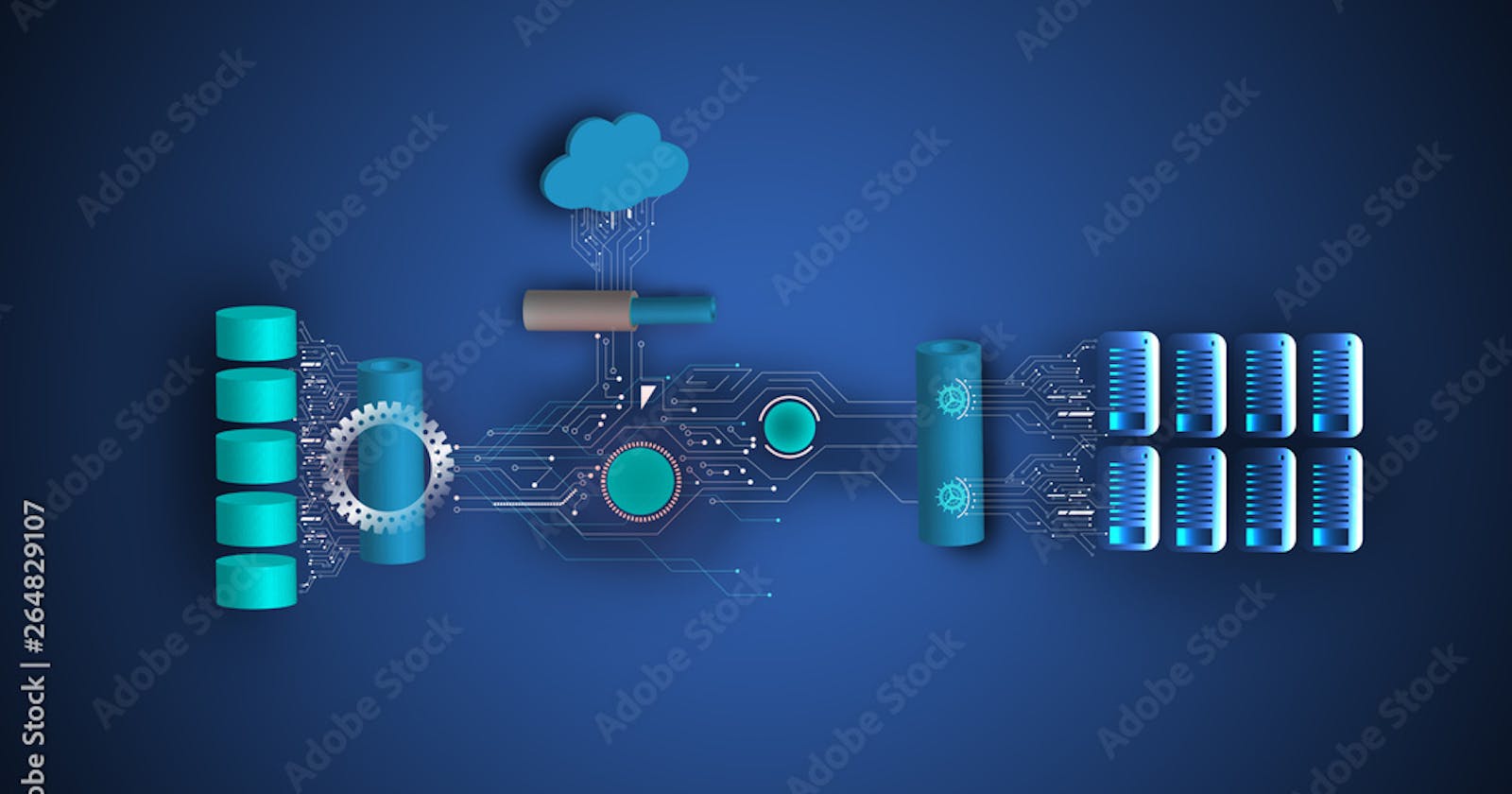Microservices is a software architecture approach where an application is broken down into smaller, independent services that communicate with each other over a network. Each microservice is responsible for a specific business capability and operates independently, allowing for greater flexibility, scalability, and resilience.
Benefits of Microservices
Improved scalability: Microservices allow for each component of an application to be scaled independently, making it easier to manage the resource requirements of a growing application.
Enhanced resilience: Because each microservice operates independently, a failure in one component does not necessarily impact the entire application. This improves the overall reliability and stability of the system.
Faster development and deployment: Microservices allow for parallel development and deployment of different components of an application, enabling faster delivery of new features and functionalities.
Easier maintenance: Microservices allow for isolated maintenance and updates, making it easier to address bugs and security vulnerabilities in a specific component without affecting the entire application.
Drawbacks of Microservices
Complexity: The increased number of components and communication channels can lead to more complex deployment and management, which may be difficult to manage for smaller organizations.
Increased network latency: Communication between microservices can add latency, potentially affecting the performance of an application.
Increased operational overhead: With microservices, there are more moving parts to monitor and manage, which can add operational overhead and increase the cost of running an application.
Components Used in Microservices
API Gateway: An API gateway acts as a reverse proxy, routing requests from clients to the appropriate microservice and providing security, rate limiting, and other features.
Load Balancer: A load balancer distributes incoming requests across multiple instances of a microservice to ensure that no single instance is overwhelmed.
Microservice: A microservice is a small, independent component that is responsible for a specific business capability.
Data Store: Each microservice may have its data store, which can be a relational database, a NoSQL database, or a combination of both.
Message Broker: A message broker provides a message-based communication infrastructure between microservices, allowing them to send and receive messages asynchronously.
Role of Message Broker in Microservices
A message broker acts as a communication infrastructure between microservices, allowing them to send and receive messages asynchronously. This decouples the communication between microservices and provides several benefits, including improved reliability, scalability, and performance.
There are several popular message brokers used in microservices, including RabbitMQ, Apache Kafka, and Apache ActiveMQ. These message brokers offer features such as publish/subscribe, message queues, and message topics, allowing microservices to communicate with each other in a flexible and scalable manner.
Role of Remote Procedure Calls (RPC) in Microservices
Remote Procedure Call (RPC) is a protocol that allows for communication between different components of an application, such as microservices. With RPC, a microservice can send a request to another microservice and receive a response, as if it were making a call to a local function.
RPC can be used in microservices to handle synchronous communication between microservices, where a response is expected in real-time. It provides a simple and efficient way to communicate between microservices and is typically used in scenarios where a high degree of reliability and performance is required.
Here is a diagram that illustrates the components and communication channels in a microservices architecture:

What to use microservice or monolithic architecture?
Several factors can influence the decision to use microservices over a monolithic architecture, including:
Scalability: Microservices allow you to scale individual components of an application rather than having to scale the entire application. This can be especially important for organizations with high levels of traffic or rapidly growing user bases, as it makes it easier to manage and distribute the load.
Flexibility: Microservices allow you to update and maintain individual components of an application without having to make changes to the entire system. This can help organizations to be more agile and responsive to changing business needs, as they can make changes to specific components without having to worry about the impact on other parts of the system.
Resilience: Microservices can help to ensure that an application remains available and functional even if one or more components fail. This is because each service operates independently, and the failure of one service does not necessarily impact the entire system.
Ease of Development: Microservices can make it easier for development teams to work on individual components of an application, as they do not have to worry about the impact of their changes on the rest of the system. This can also help to speed up development times and reduce the risk of bugs or other issues.
Reusability: Microservices can be reused across different applications and systems, making it easier for organizations to reuse existing components and build new systems more quickly.
On the other hand, monolithic architecture may be more suitable for smaller applications, or for applications where the complexity and number of components is relatively low. Monolithic architecture can also be simpler to understand and maintain, as there is typically a clear, centralized structure to the application.
In general, microservices may be more suitable for larger, more complex applications, where the ability to scale, be flexible, and ensure resilience is important. However, organizations should carefully consider their specific requirements and trade-offs before making a decision on which architecture is most appropriate for their needs.

